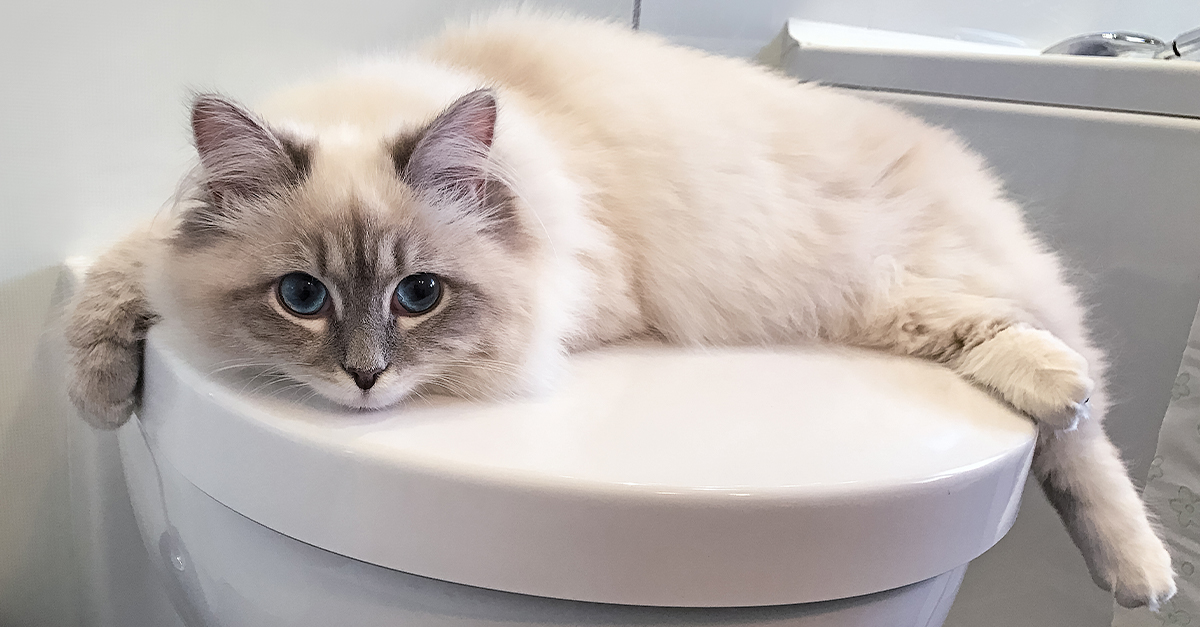Which Flushing Animal Waste Is Not Advisable
Which Flushing Animal Waste Is Not Advisable
Blog Article
The publisher is making a few good pointers related to 4 Reasons Why Dog Poop Cleanup is Important in general in this post in the next paragraphs.

When it concerns disposing of waste, especially animal waste, lots of people commonly consider the hassle-free alternative of flushing it down the commode. However, this seemingly easy service can have major consequences for the environment and public health. In this article, we'll explore why flushing animal waste down the commode is a bad idea and provide different approaches for correct disposal.
Intro
Appropriate waste disposal is essential for maintaining environmental sustainability and public health. While it may seem safe to purge animal waste down the bathroom, it can result in various concerns, both for the setting and human wellness.
Risks of flushing animal waste
Environmental influence
Purging animal waste presents dangerous germs and pathogens right into rivers, which can negatively impact marine ecological communities. These microorganisms can contaminate water resources and damage marine life, interfering with delicate ecosystems.
Public health problems
Pet waste includes harmful germs such as E. coli and Salmonella, which can position significant health and wellness risks to people. Flushing pet waste down the toilet can infect water materials, leading to the spread of illness and infections.
Alternatives to flushing
Instead of purging pet waste down the bathroom, there are numerous alternative disposal approaches that are more environmentally friendly and hygienic.
Composting
Composting pet waste is an environmentally friendly means to deal with it. By composting, raw material is broken down into nutrient-rich soil, which can be made use of to fertilize gardens and plants.
Land fill disposal
Dealing with animal waste in a land fill is another choice. While not as environmentally friendly as composting, it is a safer alternative to flushing, as it prevents the contamination of water resources.
Pet garbage disposal systems
There are specific animal waste disposal systems readily available that safely and hygienically get rid of pet waste. These systems typically make use of enzymes to break down waste and get rid of smells.
Steps to correct pet waste disposal
To ensure correct disposal of pet waste, comply with these steps:
Scooping and landing waste
On a regular basis scoop and bag animal waste utilizing naturally degradable bags. This protects against waste from infecting the environment.
Using marked waste containers
Dispose of bagged pet waste in marked waste containers, such as garden compost containers or land fill containers. Avoid flushing it down the bathroom in all expenses.
Cleaning up litter boxes and animal areas frequently
On a regular basis tidy litter boxes and family pet areas to avoid the build-up of waste and microorganisms. Use pet-safe cleaning products to maintain hygiene.
Advantages of proper disposal methods
Adopting proper disposal approaches for pet waste uses a number of benefits:
Decreased environmental pollution
Proper disposal methods reduce the risk of environmental pollution, protecting rivers and ecological communities from contamination
Decreased threat of water contamination.
By preventing flushing animal waste down the toilet, the threat of water contamination is substantially minimized, securing public health.
Improved hygiene and hygiene
Proper disposal approaches advertise better hygiene and hygiene, developing a much safer atmosphere for both humans and pets.
Conclusion
Finally, flushing pet waste down the bathroom is damaging to the environment and public health. By embracing alternative disposal approaches and complying with appropriate waste management methods, we can minimize the unfavorable impact of pet waste and contribute to a cleaner, healthier earth.
What To Do With Dog Poo – The Do's And Don'ts Of Disposing Of Faeces
Dog poo bins
Some councils provide dedicated dog waste bins in popular dog-walking areas that can take dog poo that has been bagged but you can legally dispose of dog waste in any public litter bin, as long as it is securely bagged. This also applies to your wheelie bin at home.
Do not flush
Water companies do not recommend flushing dog faeces down the toilet because certain parasites can survive the water processing treatment and are potentially harmful to humans. You should also never consider flushing dog poo that has been bagged down the toilet as the bags will not break down and instead create severe blockages in the sewage system.
In the woods
The Forestry Commission promotes a ‘stick and flick’ method for dealing with waste in the woods. This means finding a stick and using it to flick any poo from off the path so that it is out of the way of other walkers. You could also bury it as long as it is not in an area where there might be livestock.
Livestock
Parasites found in dog poo can be transmitted to livestock if they inadvertently eat infected faeces that has been left on grazing land. This could result in the death of sheep or abortion in cattle so you should always make sure you pick up your dog’s waste in fields where livestock could be present.

We were shown that report on Should you flush animal waste down the toilet from an acquaintance on another domain. Are you aware of somebody who is involved in the topic? Feel free to share it. We enjoy reading our article about Why you should never flush dog poop down the toilet.
Click Here Report this page